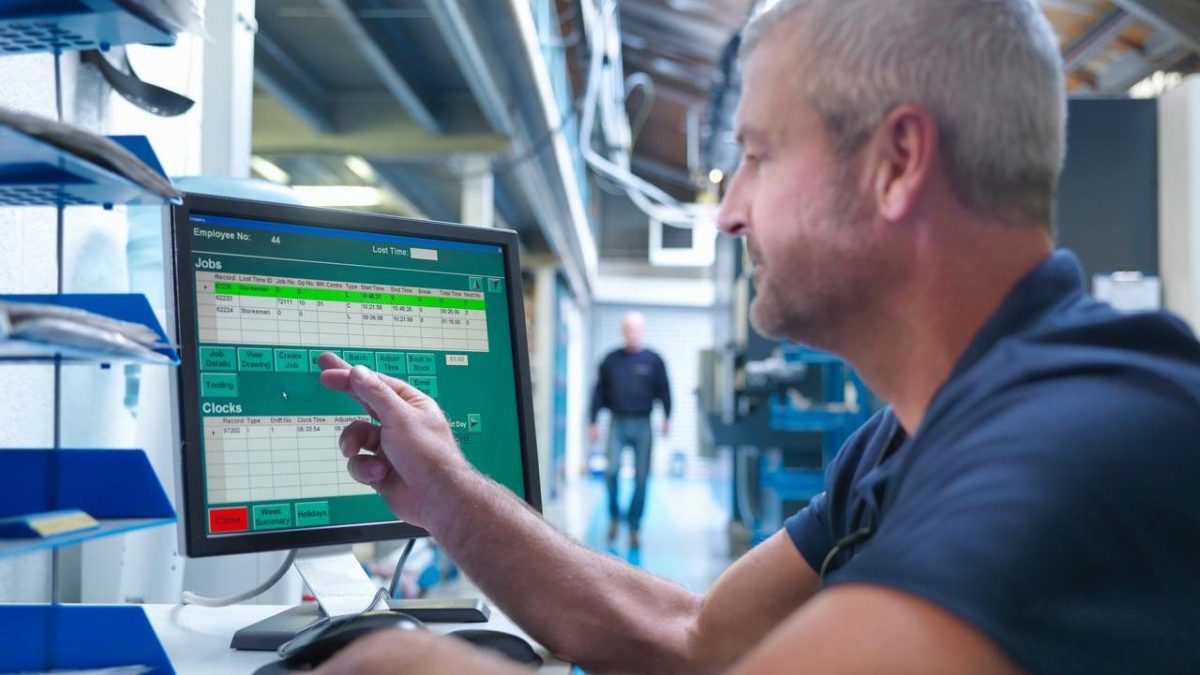In the industrial sector, a company’s productivity and competitiveness go hand in hand and can be profoundly affected by machine breakdowns. Sometimes, they can even bring production to a standstill for a period of time. For this reason, more and more organisations are deciding to anticipate this problem and incorporate efficient systems such as advanced predictive models.
What is predictive maintenance?
Predictive maintenance is a technique that consists of using monitoring and data analysis of machines and devices to detect possible failures in the operation of production equipment. In this way, organisations can replace defective parts before complete machine failure occurs.
This strategy bases its operation on the measurement, control and monitoring of parameters and operating conditions of systems thanks to their digitisation and the deployment of reliable connectivity and the ultra-speed 5G mobile network. The application of this type of maintenance allows organisations to anticipate future anomalies and malfunctions of their installations.
How does predictive maintenance work?
This type of maintenance relies on three essential elements for its correct operation. Firstly, there are the sensors installed in the machines, which are responsible for sending real-time data on the state and performance of the system. This communication is established through Internet of Things (IoT) technologies.
This data collected by the IoT is stored in the cloud and then used for data mining through big data applications. In addition, to establish behavioural patterns and comparisons with other machines, predictive models use not only artificial intelligence developments, but also machine learning technologies.
Types of predictive maintenance
The types of predictive models refer to the different sectors of action and the technologies used in the field of application. Although it is necessary to differentiate predictive maintenance from preventive maintenance, whose objective is to analyse the state of the machine on a recurring basis regardless of whether it is necessary. And in the event that a fault has occurred, corrective or breakdown maintenance is carried out to repair the fault.
There are different techniques and examples applied for the correct maintenance of machines. One of them is infrared thermography, a very versatile technique, since it allows the non-invasive detection of high equipment temperatures. It is also possible to conclude the malfunctioning or loss of effectiveness of a component.
Vibration analysis is a scan that provides insight into the condition of components by means of specific vibrations. In order to identify wear of parts in advance, factories install vibration sensors that are monitored in real time.
Acoustic monitoring is another technique that uses acoustic sensors to detect gas or hazardous liquid leaks in production machines. It is also very useful for detecting friction or stresses from wear or greasing errors.
Numerous organisations are already using predictive modelling to optimise costs, extend machine life and improve services, a strategy that is becoming established in all production and logistics sectors.
This type of maintenance is very popular in railway companies. Railway tracks and trains are very costly to maintain. Therefore, implementing the internet of things allows companies to identify the most erroneous parts, optimise repairs and reduce the impact on services.
It also helps maritime transport by enabling remote and long-distance diagnostics. In this way, they optimise maintenance operations and achieve maximum vessel performance.
Advantages and disadvantages of predictive maintenance
Predictive models offer several benefits to industrial companies. Primarily, they exploit the full lifetime of all types of machinery and its components. At the same time, they reduce operating costs, maintenance time, machine downtime and improve the overall performance of the production chain.
Although there are many operational advantages, companies must make certain investments in the digitalisation and monitoring required for this type of maintenance. In addition, this change implies the hiring of qualified and experienced manpower that knows how to analyse and interpret the data.
Despite the investment required, in order to remain competitive in an increasingly demanding industrial market, it is essential to implement this type of maintenance based on advanced technologies. In this way, it will be possible to anticipate breakdowns that can alter the general operation of production, cause unplanned stoppages, and increase the associated variable costs, both repair and non-production.
